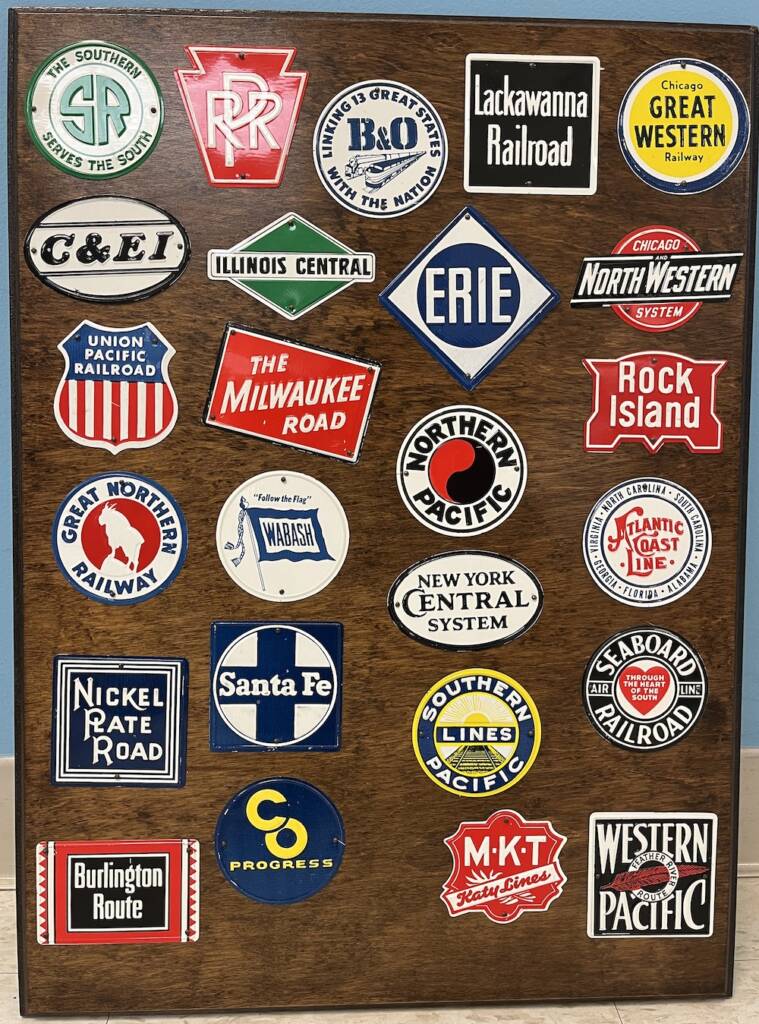
Metal railroad heralds in cereal boxes offered boys and girls during the 1950s one more way to show their fascination with trains, whether full-size or miniature replicas. Kids, eager to discover the premiums packed inside boxes of their favorite breakfast food, had no hesitation about begging their parents to buy box after box of Sugar […]
Read More…
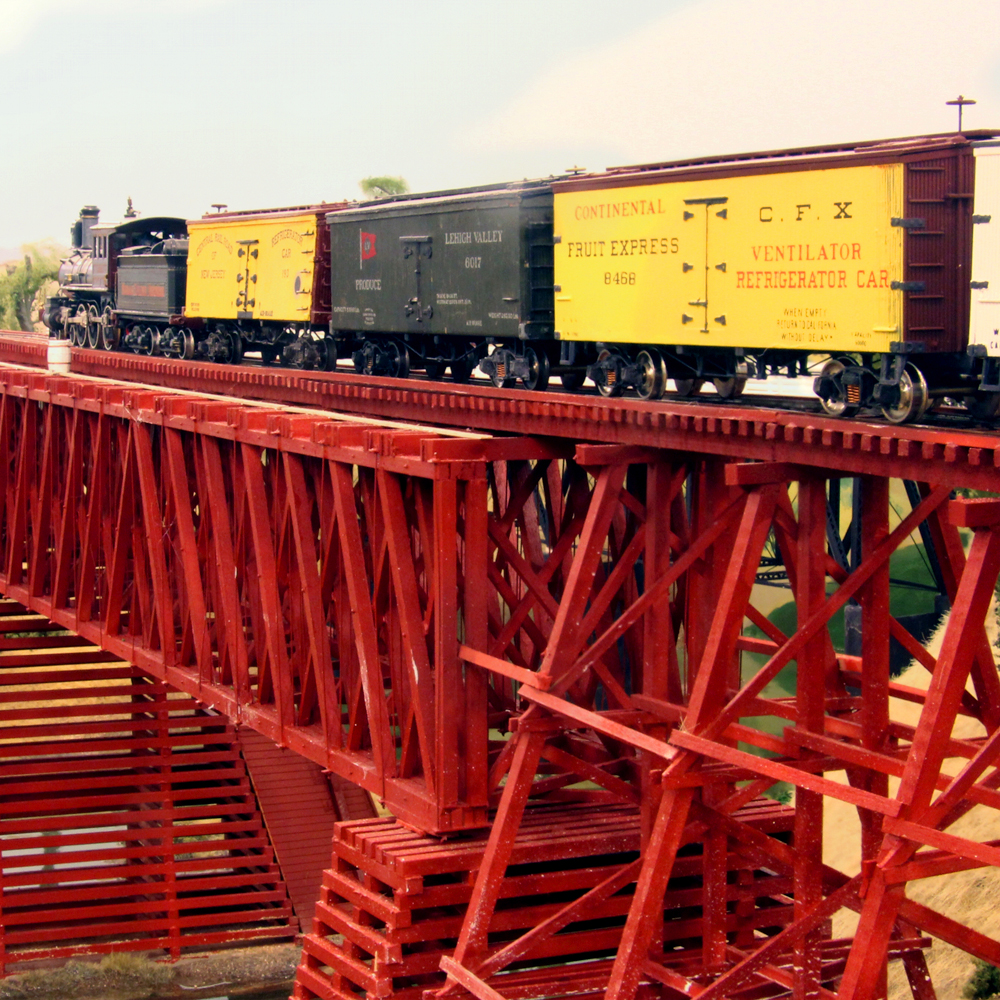
Q: Many of Model Railroader’s articles, reviews, and advertisements focus on products representing the “modern” era, say the 1940s to the present. That’s OK, and much of your audience obviously enjoys modeling contemporary railroading. However, I’m interested in modeling the railroad industry as it was in the 19th century. Can you suggest the names of […]
Read More…
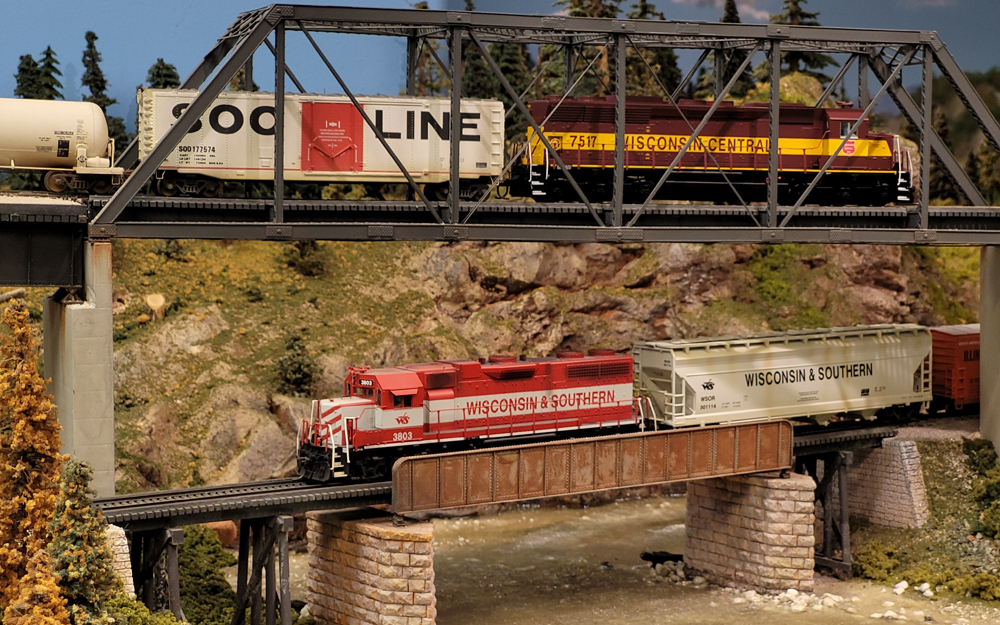
Chances are good that if you’re building a model railroad, you’ll want to include a bridge. After all, who doesn’t love a good bridge? I can’t speak for anyone else, but when I think of San Francisco, I think Golden Gate. When I think of Duluth, Minn., I think of the Aerial Lift Bridge (well […]
Read More…
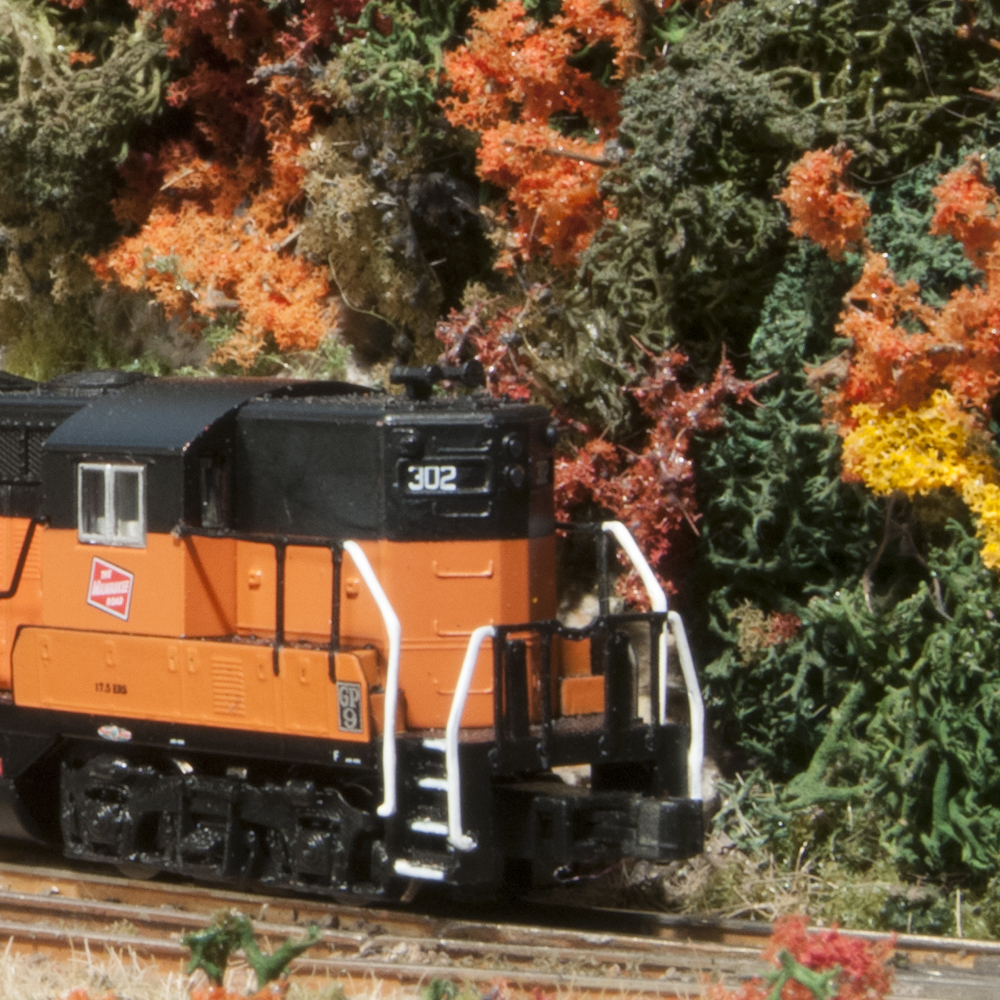
Q: I have a question regarding using lichen to simulate vegetation on a layout. My basement is clean but unfinished, so the wood floor joists overhead and the concrete walls are all visible. The basement isn’t particularly humid, but it isn’t climate controlled either. There are the occasional spiders and cobwebs, as is normal in […]
Read More…
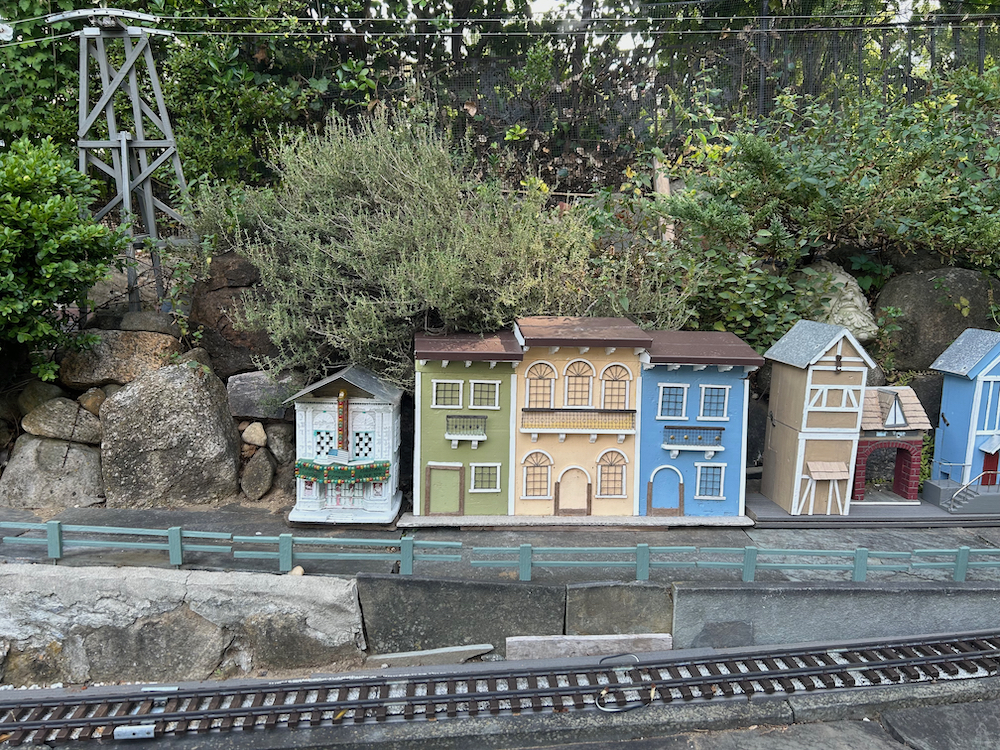
I live in the northeast region of the United States, where winters are harsh. Ice, snow storms, and heavy dampness attack structures left outdoors on the railway. While the track remains in place, I put away most of my structures during winter. I cannot put away a couple of wooden rail bumps, the fence around […]
Read More…

I purchased a Lionel FreightSounds UTLX 30K tank car (No. 6-85081) from my local Lionel dealer in 2019. I loved the look of this modern rolling stock, but was disappointed in its muffled sound effects. A short time later, I purchased a FreightSounds PS-1 boxcar (No. 1926620) from Charles Ro and was happy with the […]
Read More…
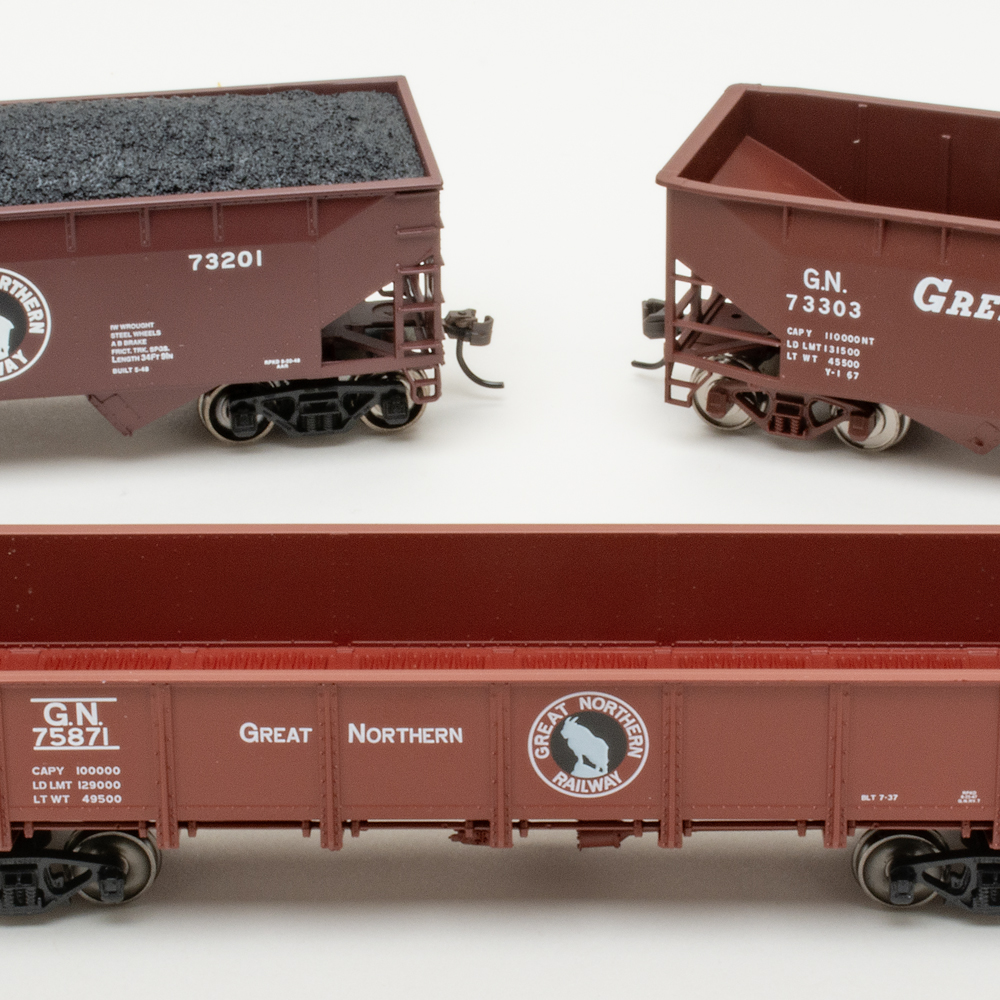
As many of you know, my primary modeling interest is the early days of the Burlington Northern (1970-1974) in Crookston, Minn., my hometown. One of the rail-served industries that has long intrigued me is the Otter Tail Power Co. (OTPCO) power plant. The 10,000 kilowatt plant, which hugged the banks of the Red Lake River […]
Read More…
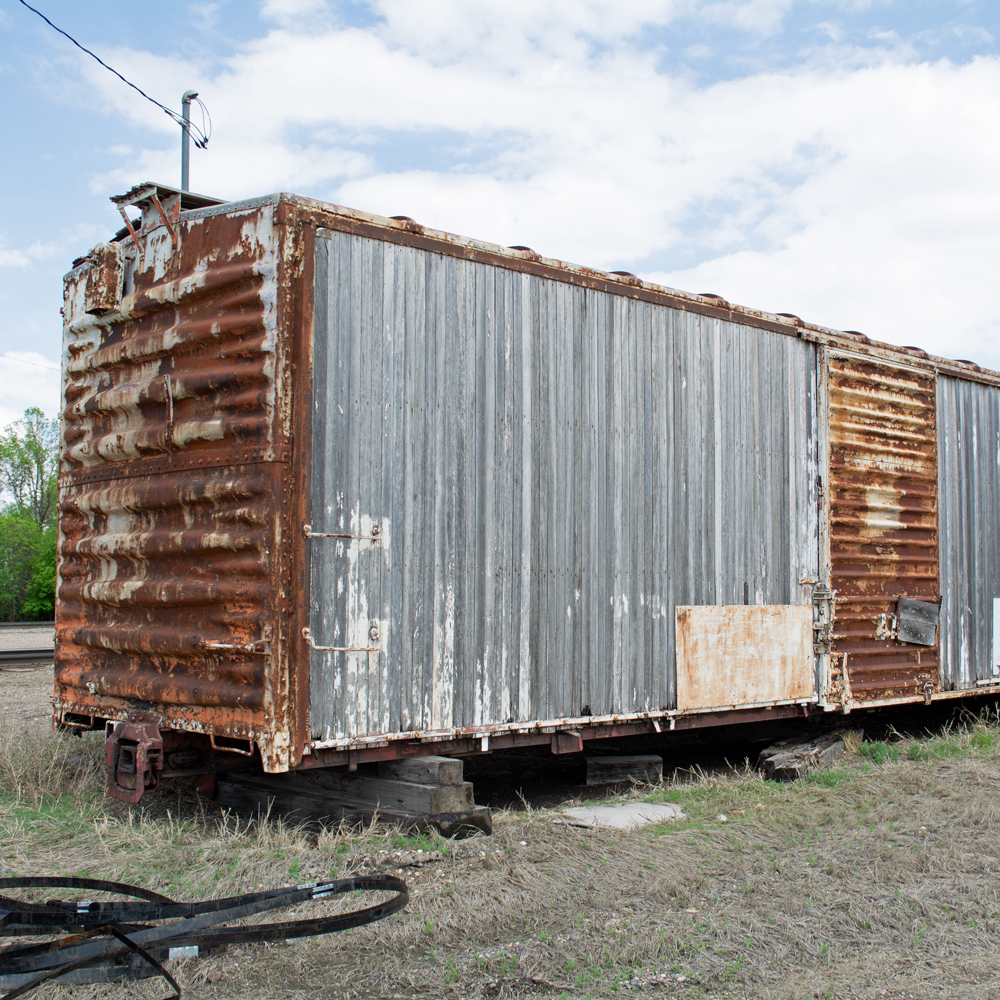
In November 2021 I wrote about modeling a boxcar storage scene based around an ex-Milwaukee Road car in Milbank, S.D. This time around we’ll take a look at a car in the Minnesota Northern RR (MNN) yard in Crookston, Minn., my hometown. Back in 2016 I was invited to the National Model Railroad Association Thousand […]
Read More…
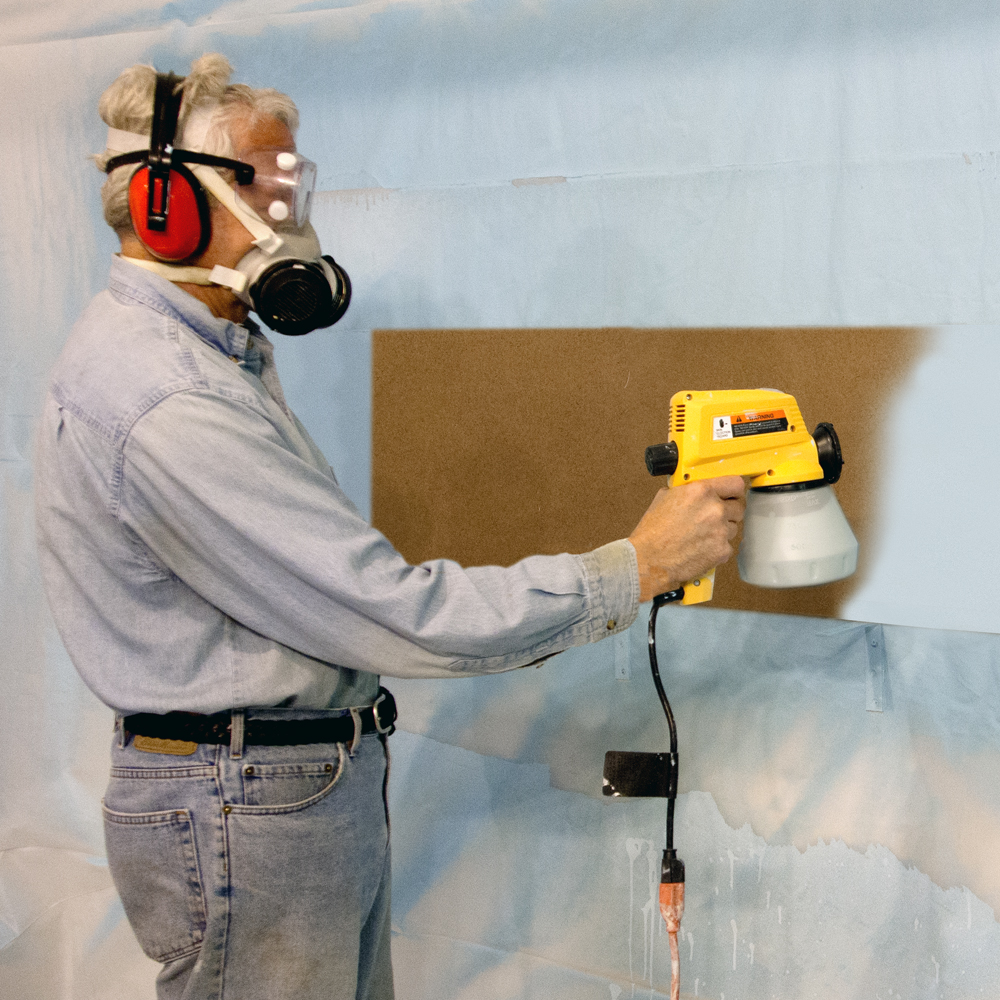
Q: My light blue-gray walls look fine to the naked eye, but not so good in photos. Are there some tried and true formulas for the major paint brands that are a reliable “sky blue” for model railroad backgrounds? — David Provost A: Model railroaders have long asked “What color is sky blue?” when painting […]
Read More…
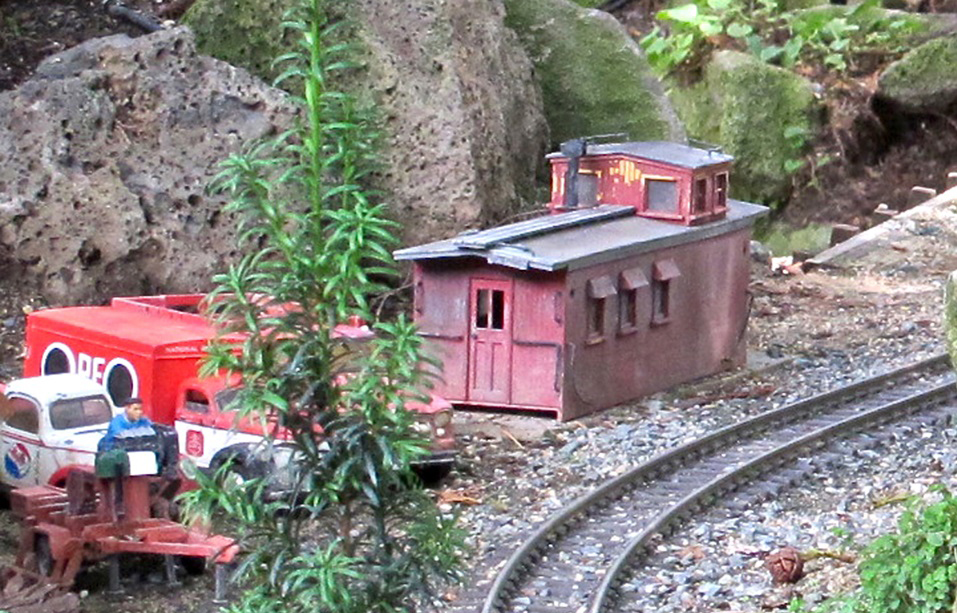
Common name: Irish yew Botanical name: Taxus baccata ‘Fastigiata’ Plant type: Dwarf conifer USDA Hardiness Zones: 6-9 Cultural needs: Well-drained soil, sun or shade Plant size: 6-8′ high x 2-3′ wide in 10 years, easily pruned Discovered in Northern Ireland in 1780, Taxus baccata ‘Fastigiata’ is an easy-to-grow evergreen conifer for railroad gardeners. Like a […]
Read More…
The year was 1933, and the Great Depression was in full swing. Lionel was touting the new “Chugger” sound mechanism in its locomotives and still cataloging the landmark Nos. 396E Blue Comet and 411E State passenger sets. On the back page of the consumer catalog, Lionel introduced something new and unlike anything it had offered […]
Read More…
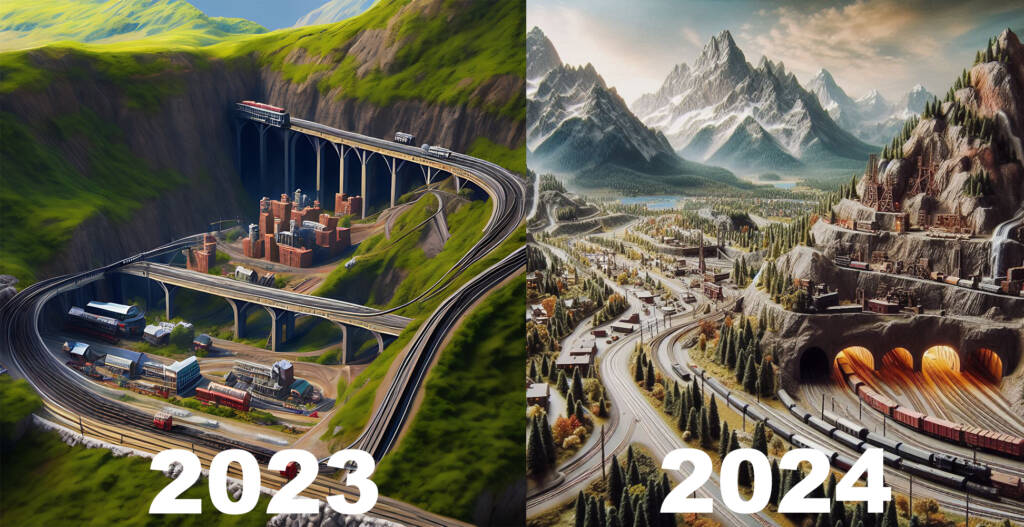
Whether we like it or not, AI isn’t going away. The adoption of this technology across all major tech companies and many industries has cemented its place in our contemporary culture, at least for the time being. We as modelers may as well make our peace with it, and learn how to make it work […]
Read More…











